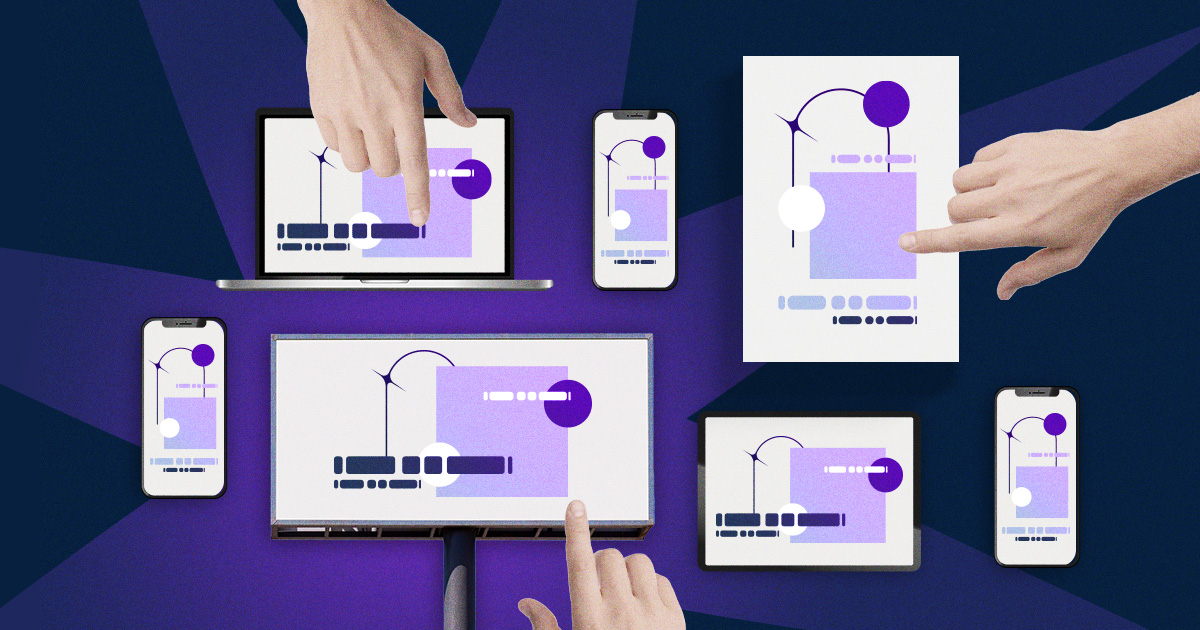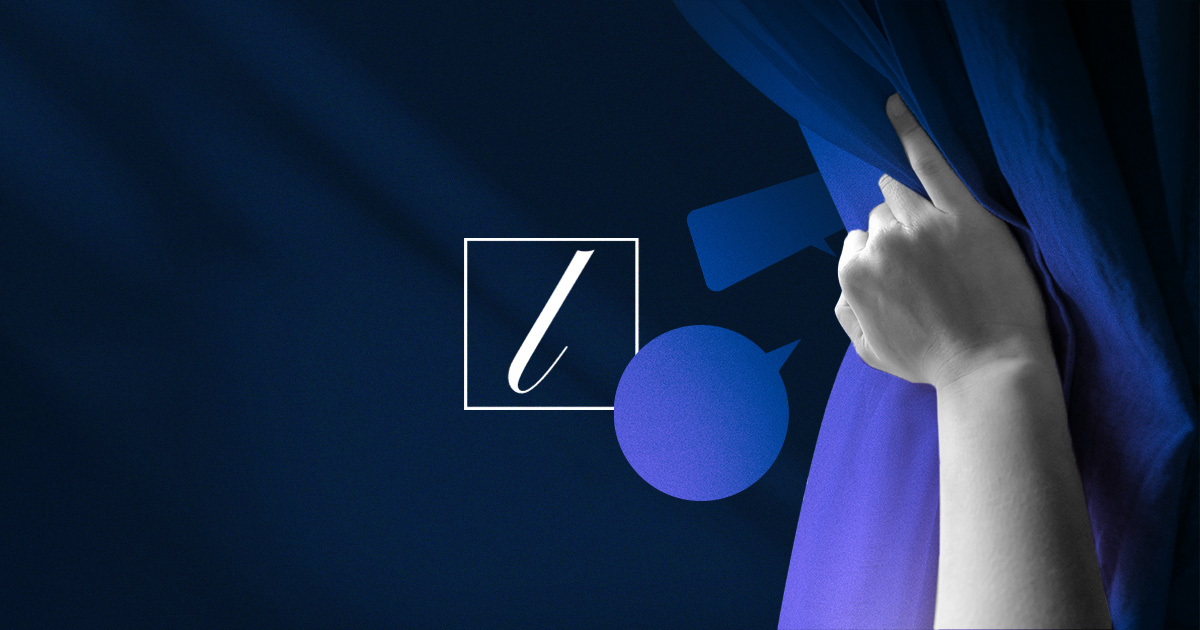
![]()
Giving competitors a peak behind the curtain is usually a big no-no. Strategies, trade secrets, earnings, and insights are kept close to the chest.
State-run lotteries, however, are a different breed. Although they share an industry, they don’t share consumers. With each state owning 100% of the market share, lotteries aren’t competitors by any means—they can share those secrets, and they’re more than willing to. Which brings us to the recent La Fleur’s conference in Austin, Texas, where our team was one of dozens representing lotteries nationwide.
Learnings
Through a series of panels, speakers, and knowledge-sharing breakout sessions, we gathered the top insights from this year and trends leading us into 2025. Here’s what we learned.
A Rise in Artificial Intelligence
As seen in numerous recent campaigns, AI’s presence is increasing rapidly in the mainstream media. The Oklahoma Lottery has been utilizing AI in its social media, prompting the tools to provide concepts and ideas that are then executed by its creative teams.
“I’m very adamant that everything we produce, we have to own it. I don’t want that to be a question. I want to be able to use it in retail, I want to own it forever. It is our stuff. We make sure that’s the case.” - Abby Morgan, Director of Marketing and Product Development, Oklahoma Lottery
Taking a Chance on Second Chance Promotions
Second-chance promotions keep players engaged by offering additional opportunities to win, even if their initial ticket doesn't pay off. Specifically, second-chance promotions tied to sports partnerships and once-in-a-lifetime trips elevate player interest and loyalty while encouraging sales.
Christopher Rogers, the Arizona Lottery's Chief Marketing Officer, examined the power of experiential promotions and how providing additional and relevant value to players can enhance engagement.
“Positive brand experiences really create meaningful and lasting memories… for those of us in the business of dreams, that's really the holy grail of experiential marketing." - Christopher Rogers, Chief Marketing Officer, Arizona Lottery
By aligning with partners that share mutual goals, lotteries can implement promotions that resonate with their audience. Arizona Lottery’s recent Lady Luck campaign was centered around a VIP trip for two in the Smoky Mountains for a private concert experience with country music legend Martina McBride. The campaign garnered over 217 million impressions through paid media, and with promotions centered around experiences like line dancing, a skate night, concert sponsorships, and more, it earned more than 3.3 million impressions on owned channels.
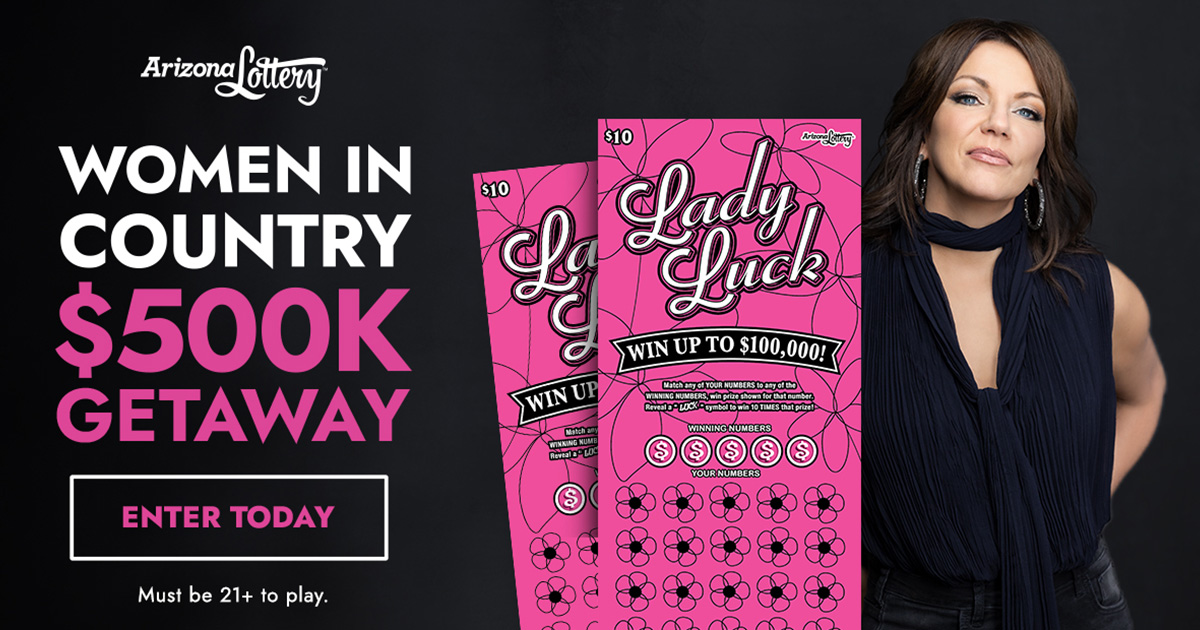
Another second-chance promotion highlighted at La Fleur’s was the Colorado Lottery’s most recent second-chance promotion with the Denver Nuggets. Through a $5 scratch ticket, players can win up to $50,000 and also enter to win a suite at a Nuggets game.
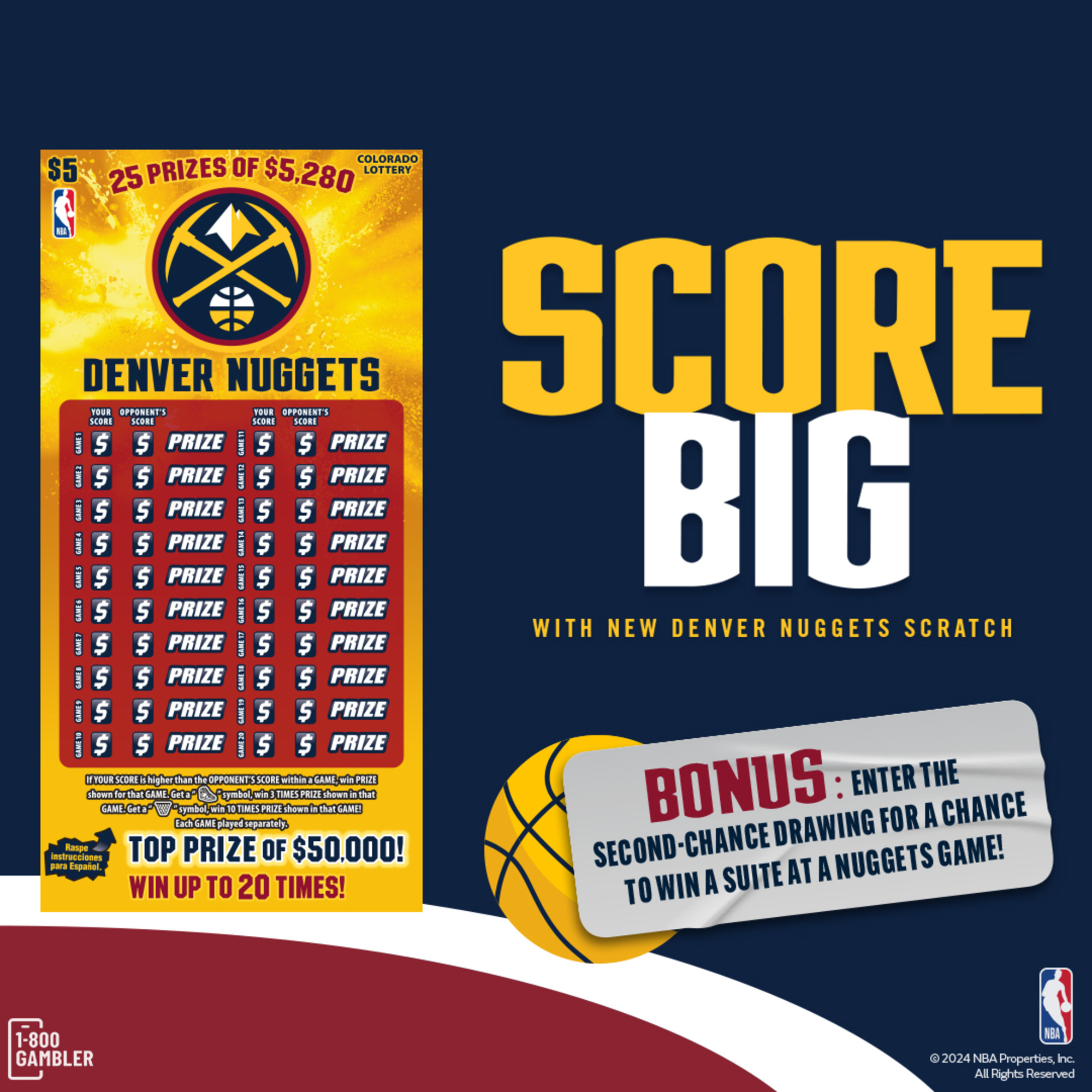
A Lack of Rolling Jackpots in 2024
When jackpots are high, more people play national draw games like Mega Millions® and Powerball®, which means lotteries have an easier time cross-selling other products.
Last year, four jackpots over $1 billion spiked lotteries' sales. This year, no jackpots over $1 billion occurred, which created a ripple effect in the sales of all lottery products (although Mega Millions is close with only days left in the year).
iLottery
Many lotteries have either recently launched or plan to launch iLottery, a digital platform that allows players to purchase their tickets online. iLottery is attractive to players and lotteries alike for a multitude of reasons. For one, it’s more convenient, from sales to payouts and more. It also gives lotteries access to important player data and allows for more personalization and targeted marketing through CRMs and other touchpoints.
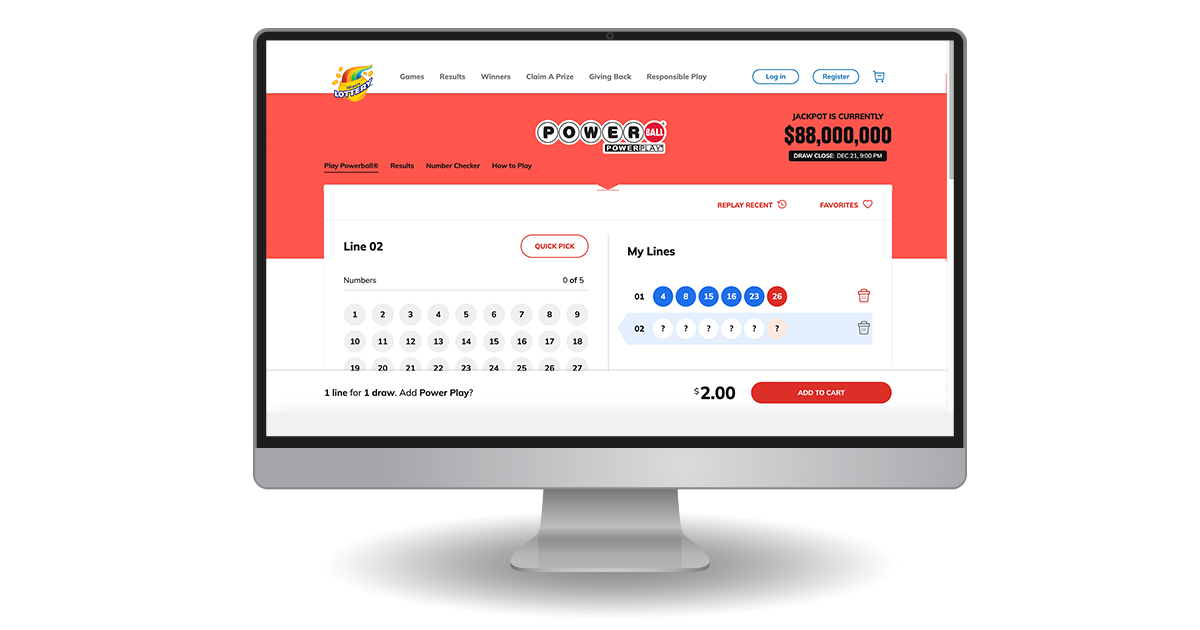
In fact, the Illinois Lottery is one of those lotteries that allows players to purchase online, with 80% of its revenue coming in through online sales. When you get to its website, you can see why—buying a Powerball ticket without having to get in a car, go to a retailer, wait in line, and have your numbers ready to go is much simpler and relatively quick, even for those unfamiliar with the lottery.
High-Value Tickets are Becoming More Popular
Players are starting to show a “spend more, win more” mentality. They’re willing to put more in on the front end in the hopes of winning more on the back end. Nationwide, lotteries are moving away from lower-cost tickets in the $1 to $3 range. $5 tickets fill the “value” ticket slot, while $20-$50 tickets are gaining traction. For example, Montana’s $30 Millionaire Maker tickets drove a 30% year-over-year increase.
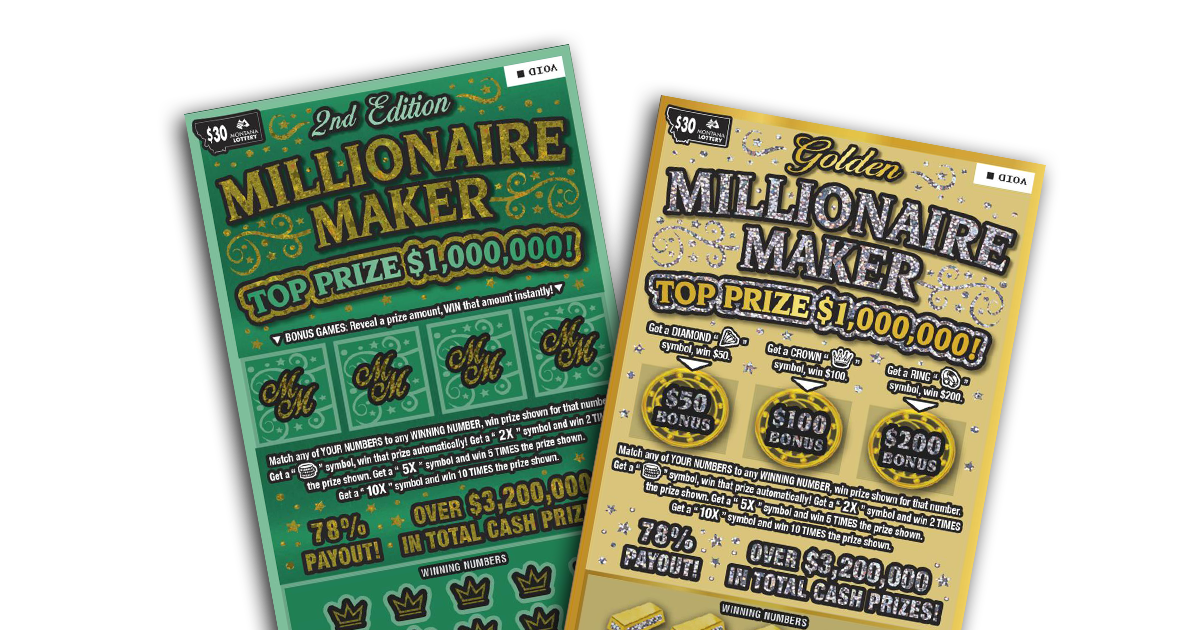
Click here to see more from this year’s conference and contact us to delve further into lottery insights and upcoming trends.




